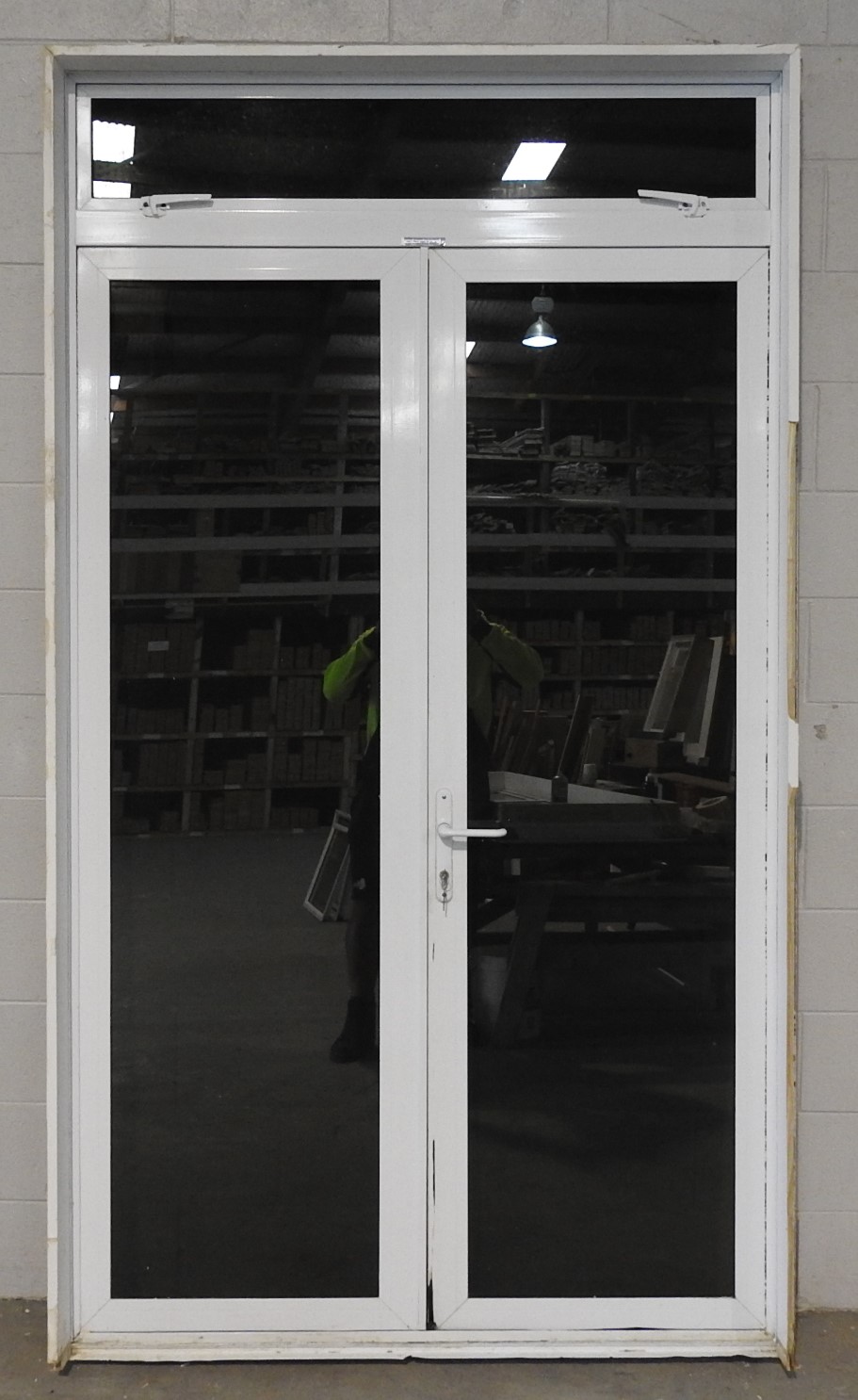
Homeowners are advised to use a double-cylinder unit for a door with windows. While both kinds of cylinders function as premium security measures, a double-cylinder deadlock provides the maximum protection because there is only one way to open a door compared to the two. Unlike a double-cylinder deadbolt prerequisite, homeowners use a key to manage the door from both sides, inside and outside. There are different types of deadbolts, depending upon the functionality:Ī single-cylinder deadbolt authorizes the user to lock and unlock the door from the inside of your home with a thumb turn. However, the process of opening deadbolt locks through a crowbar or any other device is complicated because of their no-spring operating mechanism.ĭeadbolts provide a higher level of security due to their no-spring mechanism, which ensures an added layer of resistance compared to other locking mechanisms. That’s why the movements of a key can simply operate them. How do deadbolt locks work?ĭeadbolt locks don’t incorporate a spring in their mechanical system. Such kind of deadbolt locks are very general and are known as single cylinders. In earlier days, deadbolts only had an opening outside for the entry of the key. Practically, deadbolts were just sliding metal bars placed inside of doors due to this reason, they were placed without any much-needed camouflage. Initially, deadbolt locks were proven as a hotspot of fascination due to their sleek style and security capabilities. Expect a few modifications, the basic prototype design of deadbolt locks has been quite the same.

What's The History of Deadbolt locksĭo you know when deadbolt locks were invented?ĭeadbolt locks came into existence around the 1900s. Most locksmiths put the view forward that deadbolt locks are very crucial for home security and safety. They seem to be practically dead or immovable. But deadbolt locks are considered to be secure locks that can’t be opened easily.ĭeadbolt locks have their name because they can’t be pushed back manually, as you can do with spring latches. The spring-loaded locks that you mainly see in the center of the doorknob provide light security. In deadbolt locks, while turning a key, the bolt is made to move in or out of the door jamb opening. However, for increasing your home security, a deadbolt lock can be an appropriate tool. Normally, the deadbolt locks are composed of steel or brass without a rounding or angling pattern at the end of the lock. If compared to the standard spring latches, deadbolt locks are heavier and thicker. The issue was first fixed in Azure Key Vault Provider for Always Encrypted version 2.1.0. If you use Always Encrypted and Azure Key Vault Provider, we strongly recommend that you rebuild and redeploy your application so that it uses Azure Key Vault Provider for Always Encrypted version 2.1.0 or later.A deadbolt lock is operated through movements of a key or an access control system without a spring.
Deadlock key code#
This code path in Azure Key Vault Provider for Always Encrypted NuGet package versions 2.0.x and 1.x.x is prone to deadlocks because it calls some asynchronous methods in an incorrect manner.

This, in turn, calls an application-based asynchronous task that acquires or refreshes a token for Azure Key Vault. NET Framework Data Provider for SQL Server calls the Azure Key Vault Provider for Always Encrypted.

When an application queries encrypted columns in the database, the.

The deadlocks may occur during attempts to acquire or refresh an authentication token for the Azure Key Vault. Therefore, the applications become unresponsive (hang) or time out. In this scenario, the applications experience deadlocks. The column master keys for these applications are stored in the Azure Key Vault. NET Framework applications that use Always Encrypted in SQL Server 2016 or Azure SQL Database. SQL Database SQL Server 2016 Enterprise SQL Server 2016 Developer SQL Server 2016 Standard SQL Server 2016 Express SQL Server 2016 Service Pack 1 Key Vault More.


 0 kommentar(er)
0 kommentar(er)
